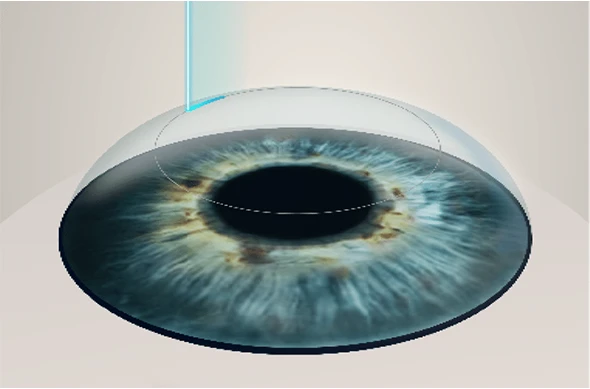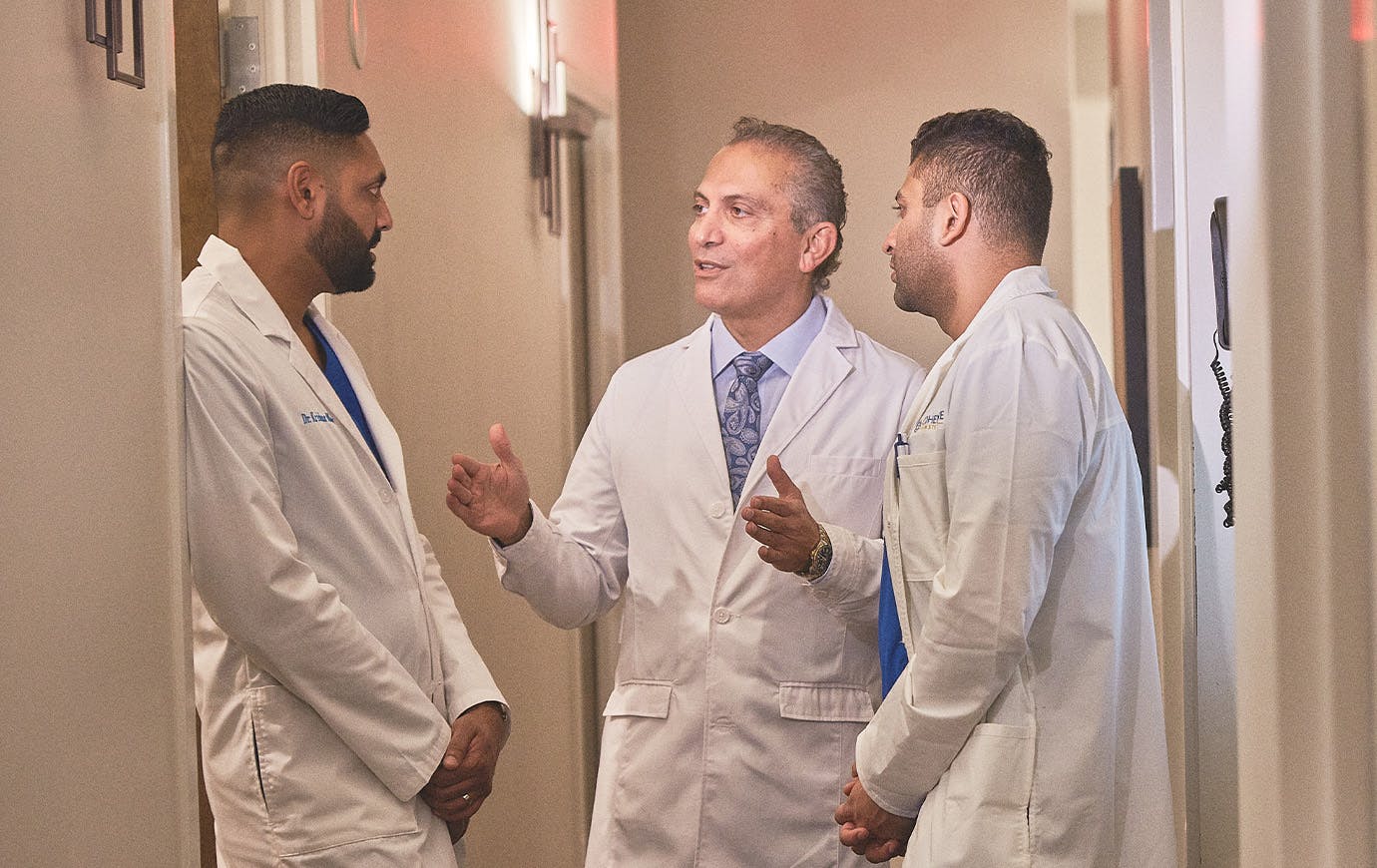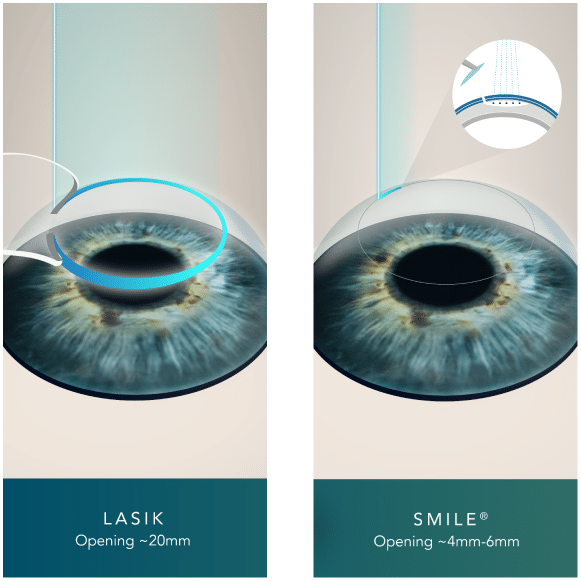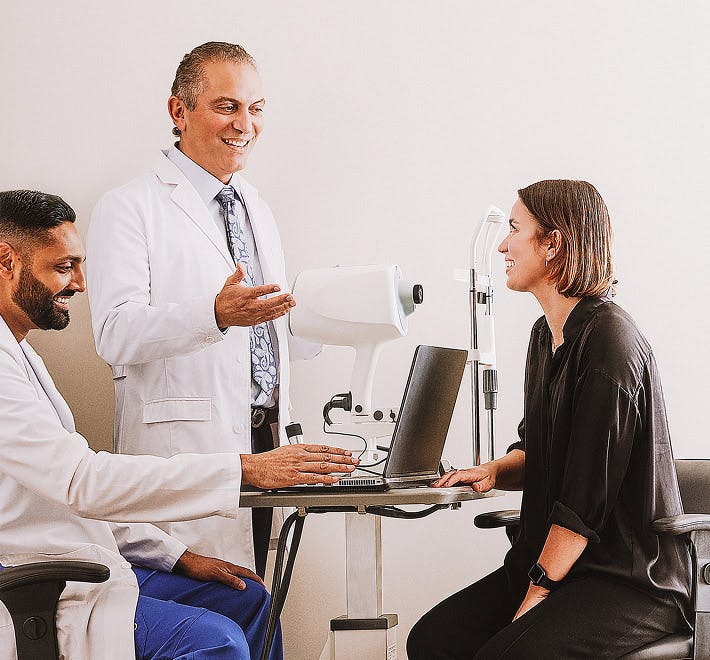Small Incision Lenticule Extraction by the most skilled laser vision correction surgeon in NYC, NJ: Dr. Ilan Cohen.
How SMILE Surgery Works
Using a laser, the SMILE procedure cuts a tiny, disc-shaped piece of tissue called a lenticule from within your cornea. This lenticule is then removed from the cornea via a small incision. This process reshapes the cornea, and in turn, corrects and improves the patient’s eyesight. The whole treatment takes less than 15 minutes for each eye.
